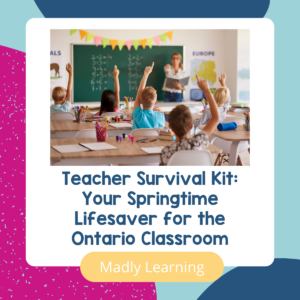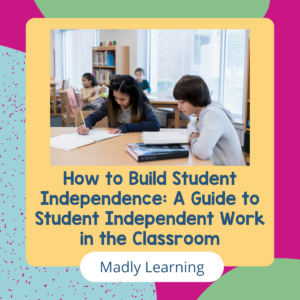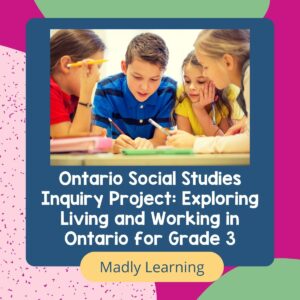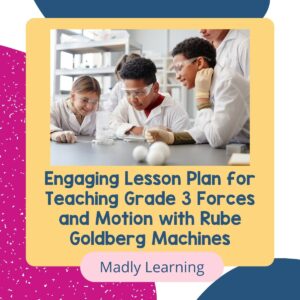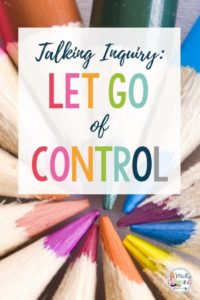
Who I am as a Teacher
I am a teacher the thrives on organization and control over certain things in my classroom. So I
- Number student workbooks
- Match all components of my program everything is colour coded
- Classroom needs to match (my red pocket charts annoy me since they don’t match)
- So picky I make all of my own stuff or remake things so the fonts match and it looks pretty
Despite this I am still a person that likes change but being stubborn I like to do it my own way and hate being told what to do. So if you are like me then you need to commit to changing but find a way that is authentic to you.
Tech Support and Inquiry
Technology is an important tool to have when using inquiry but worry less that you only have some and embrace this and commit to proving that you can use it and you will get more. I started with a computer lab and just booked time or used the on laptop kit. If you are like me and teach a split you have a unique advantage since only a portion of your class needs to research at the same time. Other subjects can be rotated through during this time such as language so that you can minimize the amount of need on limited devices. Allowing students to bring in their own device helps even if it is as small as an iPod touch with an internet connection or any device that connects to wifi and has an internet browser. If you have an internet connected computer hard wired you can make this into a wifi device by buying an old but working router from a thrift shop and plugging the ethernet cable from your computer into the router to broadcast the signal. Many districts and school boards may not approve of this but my argument is if they can’t give you what you need, then do what you can prove that they need too. Just remember to unplug it when IT tech people come by.
Getting Started with Inquiry
I started with one simple step by introducing an open-ended project for Rocks and Minerals and Energy Conservation. Students did some research then chose their presentation with some suggestions how they would present this information.
WHAT I LEARNED – Students need to learn how to research but there was increased engagement in capable students. I also learned that I needed to do more to support Special Education Students they needed a bit more scaffolding. But overwhelmingly I learned that my students needed to learn how to research. So this was my next step that I could integrate into language.
Great Learning Comes out of an Emergency
So what do you do when you have a student teacher with no plans. Well, you do what any teacher does and you improvise. Give them a problem and hope they solve it. Impromptu lessons like build a bridge with textbooks that holds some weights….and go. But I had to commit to not jumping in and helping them solve it I needed to let them do it on their own. I needed to guide them to the learning they needed through questioning. This was hard to do and I had to fight the urge to get up and intervene.
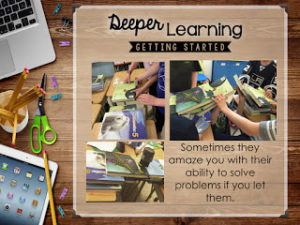 Reflection – But at the end of that lesson through power struggles and arguments between students I saw learning REAL LEARNING. They have the capacity to solve problems…. arguments yes, failure yes, encouragement needed but learning was more authentic then simply reading about it. They needed to learn with your support that failure was not the end of the world and that they can do this they can learn. However teaching students how to talk to each other and disagree with each other is important.
Reflection – But at the end of that lesson through power struggles and arguments between students I saw learning REAL LEARNING. They have the capacity to solve problems…. arguments yes, failure yes, encouragement needed but learning was more authentic then simply reading about it. They needed to learn with your support that failure was not the end of the world and that they can do this they can learn. However teaching students how to talk to each other and disagree with each other is important.Change your Plans on the Fly
Once you teach them how to talk to one another and they understand the concept of a knowledge building circle. Start to listen to them and change your plans if necessary. When teaching about government two students came in and asked if anyone had seen the leaders debate on tv. My first
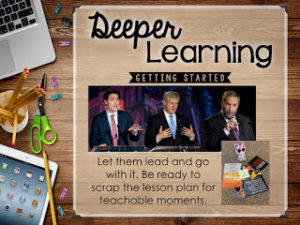
thought was “umm they watched the leaders debate that is so awesome…” I had a choice. Do I follow my plan today or do I scrap it and follow this interest as the two students continued to talk to other
about what they watched enthusiastically with others. Well, I went with it. Thank full for youtube we were able to watch it. The thoughts and the conversations that resulted engaged more students in election issues, comments on hairstyles that seemed to take a prominent place in this race. I still had a backup plan and knew enough of my subject matter that I was prepared with the knowledge to support their learning. But I also realized that I didn’t need to have all the answers and that whatever we didn’t know would lead to new lines of inquiry that started with real opportunities for learning. I was inspired by their curiosity and enthusiasm and was able to encourage it and what I noticed was that this was contagious from student to student. I can change and let go of control it is okay and it works. When you see your students engaged and learning you will convert too.
 Value of Learning Goals and Success Criteria
Value of Learning Goals and Success Criteria
Talked about this last week but…
This is when I saw how important it was to my students. Students could decide how they would show you what they knew. I didn’t plan a project, no rules, no limits, no planning.
I said here is what I need to prove that you know…SHOW ME YOU KNOW IT
I got a lot of “can I do……” and that was okay. I conferenced with students, met with them during their research process. Checked in with them. We co-created a rubric that outlined what a level 2-3-4 looked like.
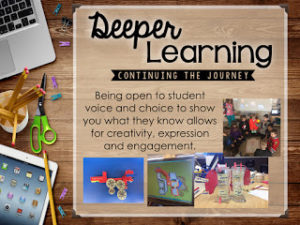 They showed me what they knew – Minecraft, story, rap, websites, PowerPoints, games, dances, (students used their own interests and strengths to express their ideas). We drew upon students strengths and needs to help them show their learning. I also learned that less control means less planning for me (more time with my kids at home)
They showed me what they knew – Minecraft, story, rap, websites, PowerPoints, games, dances, (students used their own interests and strengths to express their ideas). We drew upon students strengths and needs to help them show their learning. I also learned that less control means less planning for me (more time with my kids at home)
How do I push it forward and build on this next momentum
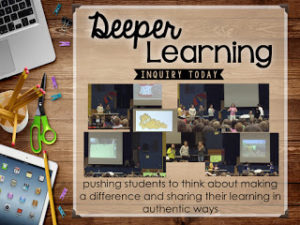
- Ask them to share their learning with others – Full school Energy Conservation Assembly
- Can’t find research on some topics – contact experts and ask for help -> First Nations and Small Pox
- BYOD – you don’t need to supply everything. Let them bring in their own things.
- Apply for Grants – just don’t forget to tell your principal.
Overall Reflections
- Ask them more questions. Question instead of Tell…questions will help your students to draw their own conclusions when they are ready.

- Sit back and watch and let them fail safely. Failure is an opportunity to learn and improve and set this up as a culture in your classroom.
- Arguments are not bad but opportunities for learning. Just teach them how to talk to each other.
- Surprising leaders emerge. Students who know the value of hard work and constructing their own understanding will often become your leaders. Students that typically do well at school sometimes struggle because they will wait for you to tell them what to do and when you don’t it increases their anxiety.
- Not every student comes on board as quickly as others that is okay they will just keep reaching students one student at a time. You don’t need 100% buy in 100% of the time. Just grow your buy in one student at a time and you will eventually get them all.
- Parents are lost…. so help them understand the changes that are happening in your classroom.
Where are you on your inquiry journey? What has worked for you? Share with me below.




